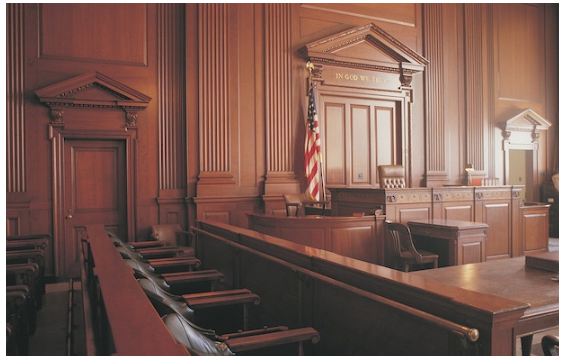Drinking water decisions made in vacuum
Published 11:45 pm Friday, September 12, 2014
By Monique Roth
L’Observateur
LAPLACE — Water concerns continue to rankle St. John the Baptist Parish residents more than two weeks after the Aug. 27 announcement that water taken in an Aug. 12 sample from St. John Parish Water District 1 tested positive for Naegleria fowleri ameba.
Bob Bowcock, chief environmental investigator for consumer advocate Erin Brockovich, visited St. John Parish Tuesday, when he spoke to residents in an afternoon town hall gathering before he addressed the Parish Council at its evening meeting.
“All drinking water systems are different,” Bowcock said in an interview with L’OBSERVATEUR, adding “decisions about local drinking water tend to be a made in a vacuum” by national or state officials not familiar with local systems.
He said changing regulations associated with the Safe Water Drinking Act and by the Centers for Disease Control and the U.S. Environmental Protection Agency mean local water systems and operators are told the desired end result without being instructed on how to best achieve the requirements. According to Bowcock, this often leads to confusion and irregularities in testing.
St. John Parish President Natalie Robottom has said reporting inconsistencies by parish employees, not negligence or criminal activity, may have been what led State Police to confirm they were launching an investigation Sept. 2, which is ongoing, into water quality records in the parish.
The Department of Health and Hospital issued an emergency order requiring St. John Water District 1 to perform a free-chlorine burn (maintain 1.0 mg/l of free chlorine throughout the system for 60 days) to kill the ameba within the water system.
That process started Aug. 28
At the Council meeting, Bowcock strongly petitioned the parish to stop using chloramine, the combination of chlorine and ammonia, to treat water on a regular basis. He called the use of chloramine the “least-cost option,” adding it fuels the creation of hazardous biofilm byproduct.
“I am least concerned with the ameba and far more concerned with bacteria living in your system,” Bowcock said.
He said the repeated rotation of switching from chloramine and free chlorine, which is used in a burn, as a disinfectant means super-strength bacteria is created in the water system.
Bowcock said the parish’s response to the ameba detection thus far has been scientifically “appropriate,” but advocated the parish should defy DHH regulations going forward and use free chlorine to regularly treat water and clean out the system. It would be breaking a rule, Bowcock said, but “you’re violating it anyway. That’s what your community wants you to do.”
Bowcock’s suggestion was met with cheers from residents in the Chambers and outside in the lobby, where the meeting was being televised to the overflow crowd.
“As a local Council, you have the opportunity to do the right thing,” Bowcock said.
Several residents took the opportunity to the address the parish administration and Council, where they expressed concerns over their health and safety of their children and grandchildren.
Sandra Remondet, who said she lives two blocks away from the water treatment plant, didn’t mince words when it was her turn at the microphone.
“I’m 22 years cancer-free and now I’m dying from this,” Remondet said as she held up an unlabeled bottle of water. “If this gets in my trach, I am gone.”
Later in the meeting, Robottom said she intends to continue to rectify the situation under DHH standards.
“As Parish President, I am ultimately responsible for making sure the water is safe and for complying with the Emergency Order,” Robottom said while reading from a prepared statement. “I accept that responsibility and I am in constant contact with investigators, DHH staff, consultants and utility employees and supervisors. A determination must be made as to what led to this emergency and what steps can be taken to prevent it from happening again.
“Corrective measures will be taken to address all procedural and personnel deficiencies that impact the health and safety of our residents. We apologize for all actions or inactions that led to this emergency and the resulting precautions, but we are committed to making sure the water is safe now and in the future. Once again, we caution those with little to no factual information about the emergency from providing false or misleading information to the public.”





